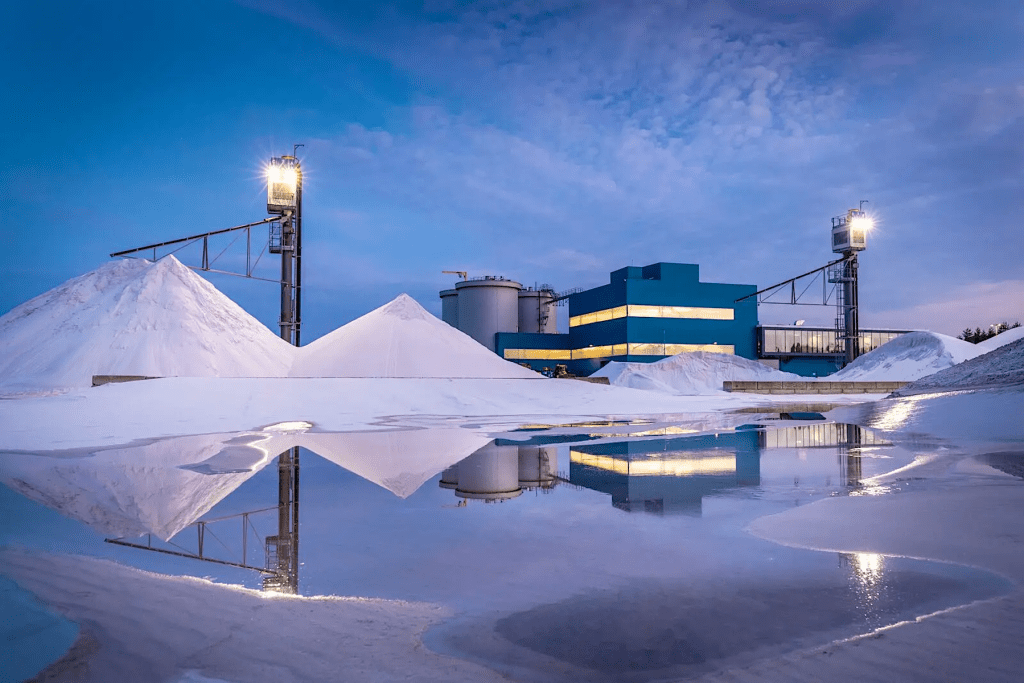Hurricane’s impact on semiconductor industry remains a threat

One of two plants that mine high-purity quartz and silica sand needed for the production of semiconductors and other high-tech hardware has reopened oprations after being shut down for more than a week.
Sibelco today announced the restart of production at its Spruce Pine, NC mining and processing operations following the disruption caused by Hurricane Helene, the company said in an announcement. Sibelco also previously announced that all its employees are safe.
“While the road to full recovery for our communities will be long, restarting our operations and resuming shipments to customers are important contributors to rebuilding the local economy,” Sibelco CEO Hilmar Rode said in a statement.
The devastation to the mountain town in western North Carolina by Hurricane Helene brought to a halt the mining and refining of high-purity quartz by both the Sibelco and The Quartz Corp mines in Spruce Pine, NC, the two primary sources of the precious crystalline mineral.
The Quartz Corp had not updated Computerworld on its operation’s status at time this article was published.
Sibelco, the far larger of the two mining companies in the region, said in a statement last week that its operations had no power, but its infrastructure had only sustained minor damage. “The repair of power lines leading to our plants has progressed significantly,” Sibelco said. “Our final product stock has not been impacted. We are working closely with our customers to assess their needs and plan the restart of product shipments as soon as we can.”
With ever increasing demand for more computer chips to power digital systems and services, last year Sibelco announced it would spend $200 million double its output of high-purity quartz.
The computer chip industry is already struggling to increase production of semiconductors in the US due to a impending lack of talent needed to run new fabrication plants now being built in the US.
Ultra-pure quartz, which formed millions of years ago in the Appalachian Mountain region, is used to create “crucibles” in which a pure polysilicon is melted down to be used in creating silicon chips. The ultra-high quality quartz can both withstand the extreme temperatures needed to melt silicon and ensures no impurities are introduced in the process.
Pure quartz crystals
Shutterstock/BJP7images
From 70% to 90% of the crucibles used in silicon production worldwide are made from Spruce Pine quartz, according to a report.
The high‑purity silicon dioxide particles that result from processing by the plants are the raw materials from which computer chips and other high-tech hardware is made, including fiber‑optic cables and solar photovoltaic cells.
On Oct. 2, The Quartz Corp. said in a statement that most of the damage to its quartz processing plant was to “ancillary units.” May Kristin Haugen, a spokesperson for The Quartz Corp, told Computerworld it has “brought in numerous experts to assess the three different plants.
“All our three plants in Spruce Pine are affected, though in different ways,” Haugen said. “They are situated in different locations and the consequences for production will likely vary.”

Sibelco’s quartz mining operations in Spruce Pines, NC.
Sibelco
Based on outside “expert assessment,” the company plans to communicate the status and restoration plans when it’s ready. “Our restoration plan will, however, depend on the surrounding infrastructure such as power, water, roads, and railway. Depending on the damage, it can take time to restore production, but we will get there,” she said.
The Quartz Corp said the COVID-19 pandemic taught it the value of “sizable safety stocks,” and between that and its multiple locations, it’s not concerned about shortages “in the short or medium term.”
Source link







